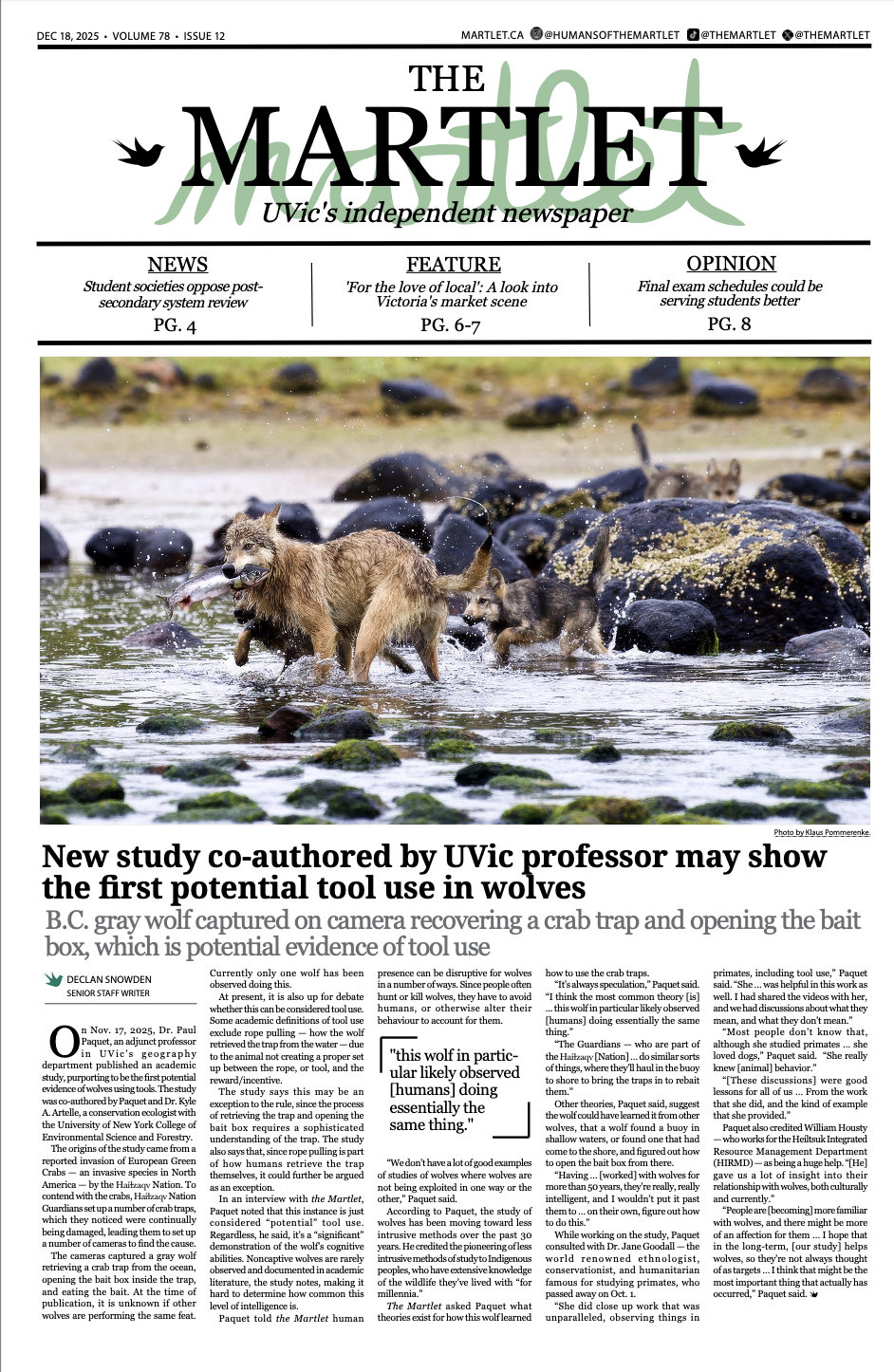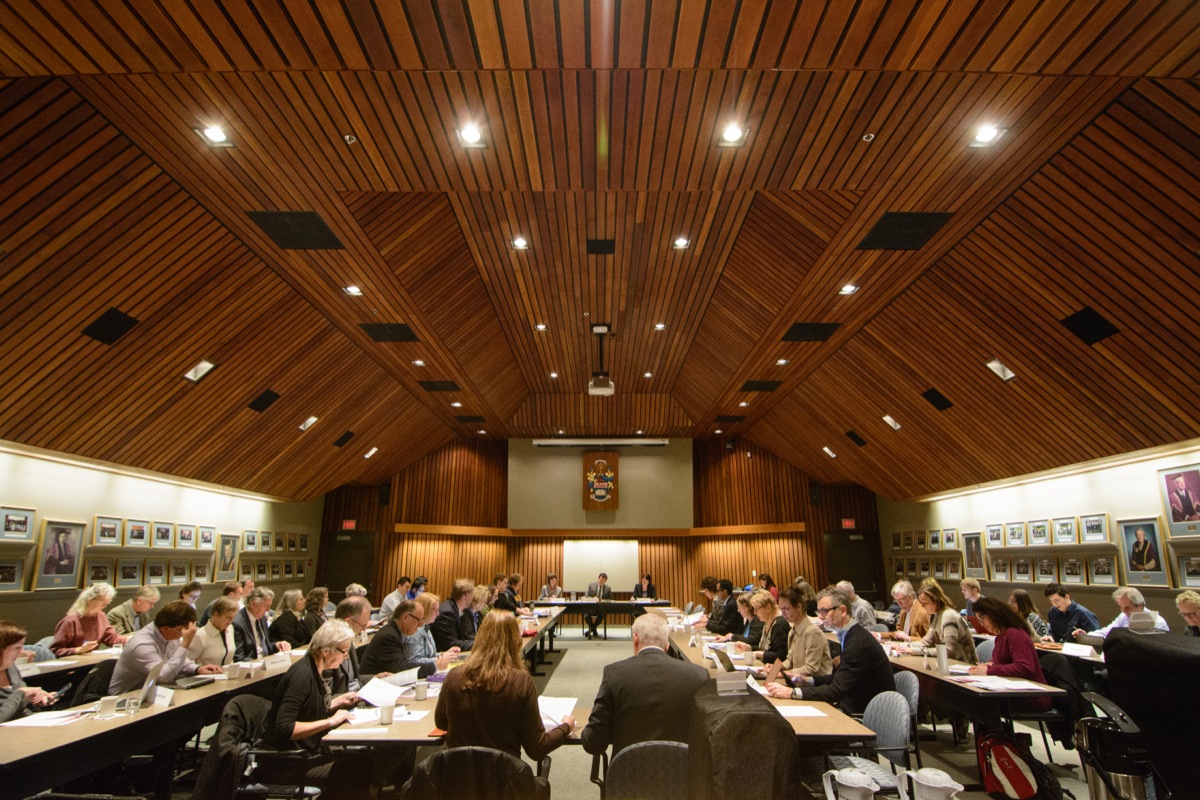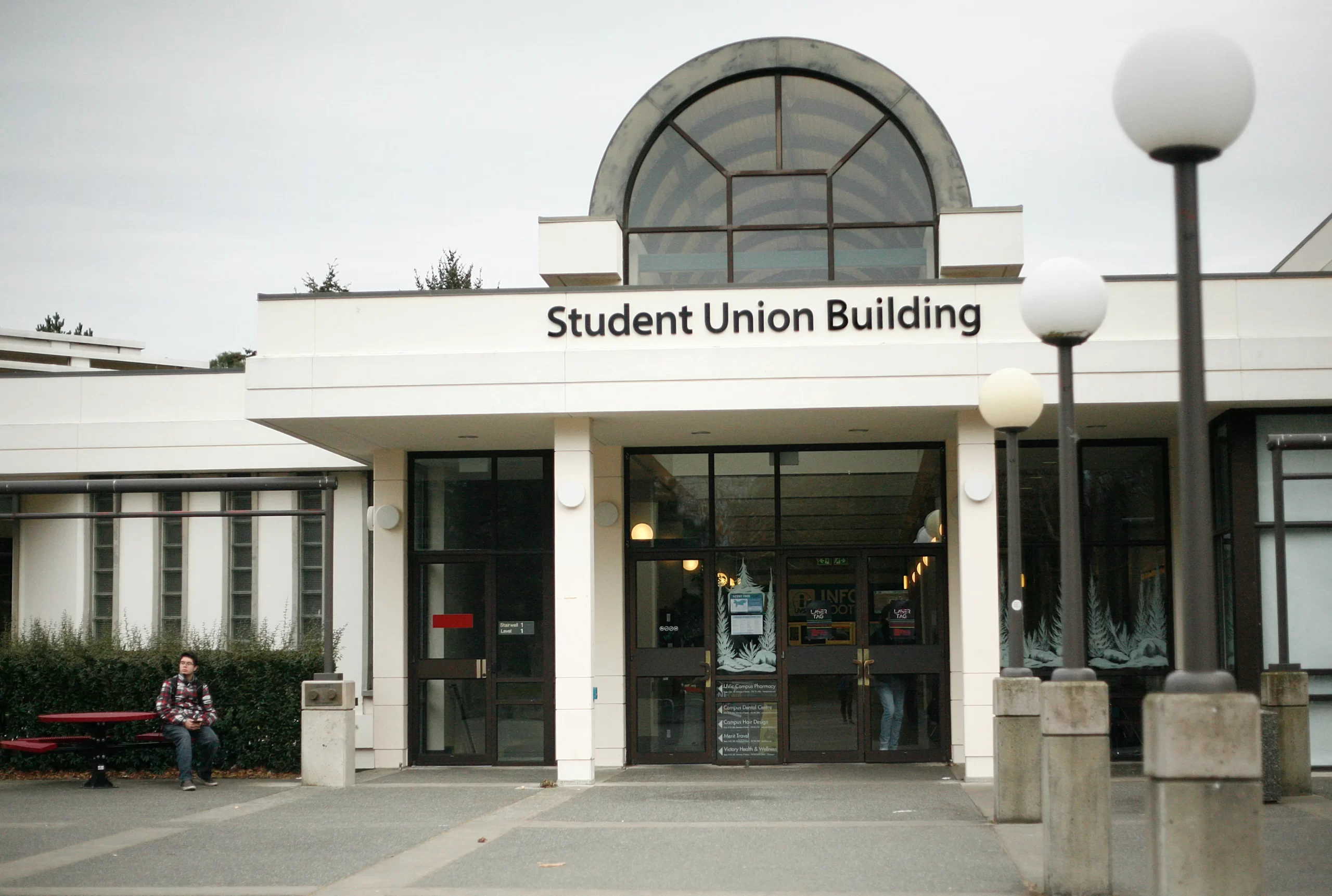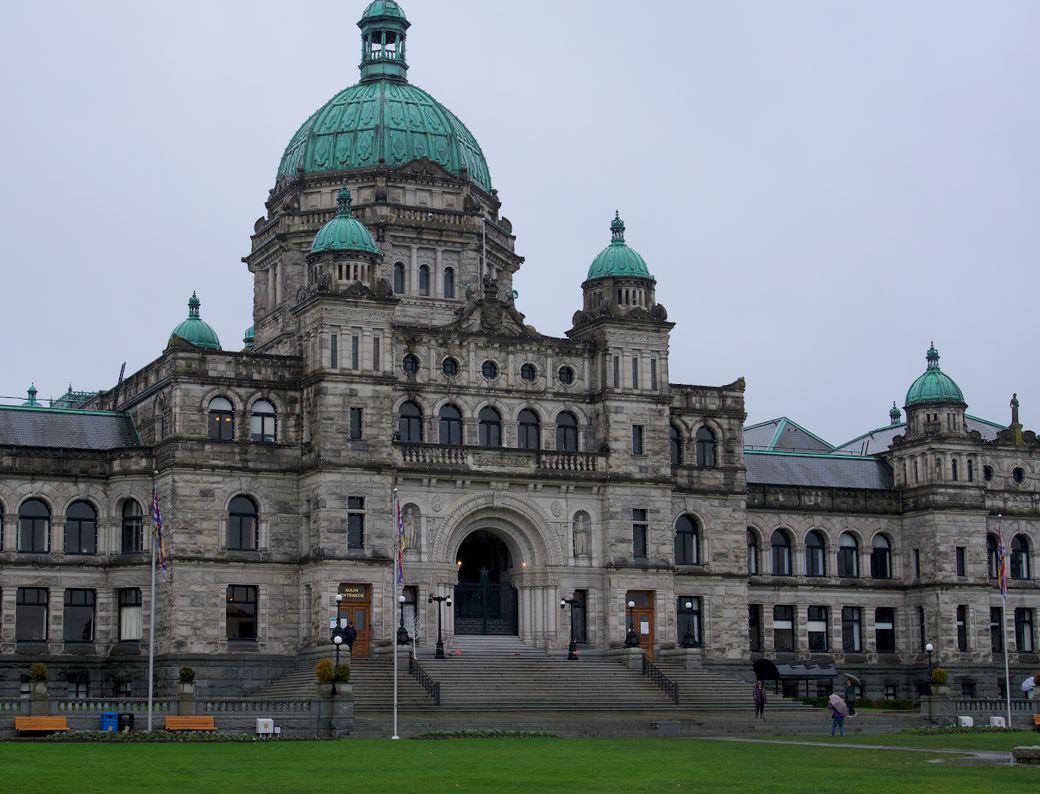‘We’re taking this ecological lynchpin and grinding it into cat food’
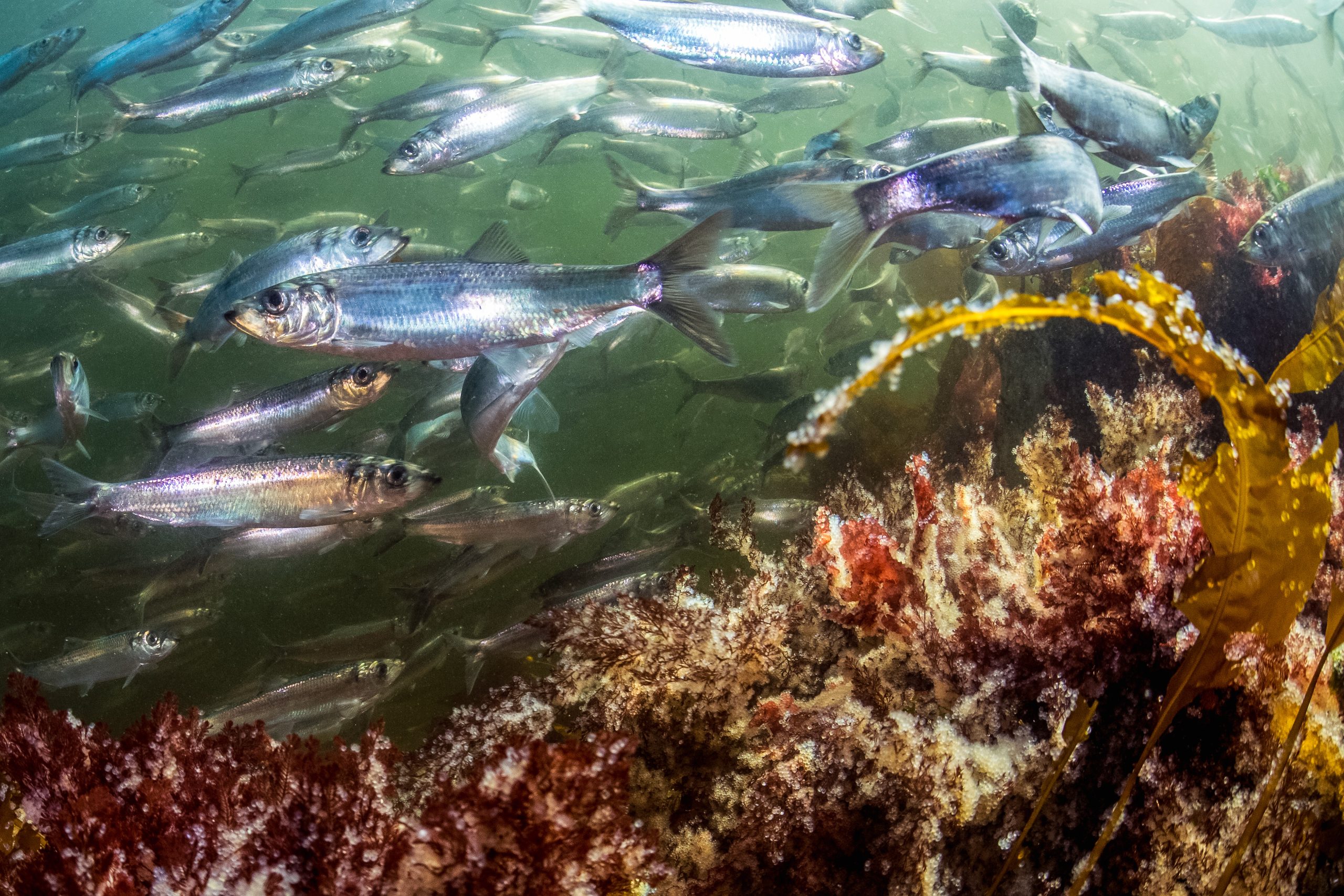
Photo via Pacific Wild.
First Nations, UVic fisheries scientists, and conservation groups are working to shut down a fishery they say has potential to endanger not just the herring it fishes, but the entire Salish Sea.
Hosted by the Salish Hereditary Chiefs, the HELIT TŦE SȽOṈ,ET (Let the Herring Live) forum on Feb. 13 will bring together First Nations, environmental organizations, and fisheries scientists on SȾÁUTW̱ (Tsawout) Lands (East Saanich) to discuss the conservation of the last stable herring population in B.C.
The event will feature Coast Salish knowledge keepers and researchers — including some from UVic.
“We want to bring some unity into this fight from the First Nations perspective and for the general public to really raise this issue, because it’s getting to a critical level now where we could lose herring all together,” Tsawout Hereditary Chief Eric Pelkey (W̱IĆKINEM), told the Martlet.
“Our people really depended on herring all year round in the past. We looked forward to the big runs that would come in the spring, but it’s just about non-existent now in our territory,” he said. “It’s not only affecting our culture and our food, but it’s also affecting our health.”
When the herring gather to breed each spring, the small silver fish spawn in such large numbers that the water turns turquoise, a spectacle visible even from space. This mass of fish is foundational to the marine ecosystem.
“ Herring are a basic food for most of the sea life in the Salish Sea. Without the herring, there will be no salmon, no sea mammals, no killer whales. All of those things will go if the herring go,” said Chief Pelkey.
The herring used to spawn so abundantly that they could be fished with rakes. Now, industrial fishing nets are used to scoop tens of millions of herring from the Salish Sea each year.
Dr. Benjamin Neal, a marine biology professor at UVic and one of the speakers at the forum, is concerned that herring in the Southern Salish Sea seem to be concentrated in one small area.
“ The Southern Salish Sea is basically reduced now to a spawning population around Hornby and Denman Islands,” said Neal. “We’re taking this ecological lynchpin and grinding it into cat food.”
Dr. Briony Penn, board member of the Herring Conservation and Restoration Society (HCRS), an organization that will be helping organize the event, added that herring used to spawn at sites from Esquimalt all the way up the Saanich Peninsula and through the Gulf Islands.
“All these historic spawning sites that spawned for thousands of years without interruption have suddenly started disappearing,” said Penn.
“ We see small fingerlings in the waters around here, but really we don’t see any full grown herring. The problem is that as soon as the herring start to come back in good numbers, the commercial fishery comes in and cleans it out again and it doesn’t give them a chance to rebuild,” said Chief Pelkey.
The herring stocks in B.C. are split into five management regions by Fisheries and Oceans Canada (DFO). In four of these five regions, decades of commercial fishing have led to the collapse of herring populations. The remaining fishery is in the Strait of Georgia, stretching from Langford up to Campbell River.
According to the DFO’s assessment, the herring population in the Strait is healthy and on the rise — enough so that they have recently increased the quota for herring fishing. This year, 14 per cent of the herring in the Strait are allowed to be taken, up from 10 per cent last year.
In 2019, the W̱SÁNEĆ Leadership Council and other Nations up the coast requested a moratorium on the herring fishery, citing a 60 per cent decline in the herring in the Salish Sea and a flaw in the DFO’s model that overestimates herring stocks and encourages overfishing.
This request appears to have led to the closures of some areas around the Gulf Islands where herring have stopped spawning. The Martlet reached out to the DFO for comment, but they did not respond in time for publication.
For Chief Pelkey, these partial closures were not enough. In November, he brought together Hereditary Chiefs from four W̱SÁNEĆ nations to sign another declaration asking the DFO to close the herring fishery to let the population recover.
The recent call was echoed by a coalition of environmental groups, including the HCRS, who issued a letter of support for the declaration and offered recommendations for future management of the fishery.
“The DFO and the Minister of Fisheries [seem] to be ignoring the First Nations, and that’s why the Hereditary Chiefs are stepping up to the fight now,” said Chief Pelkey.




